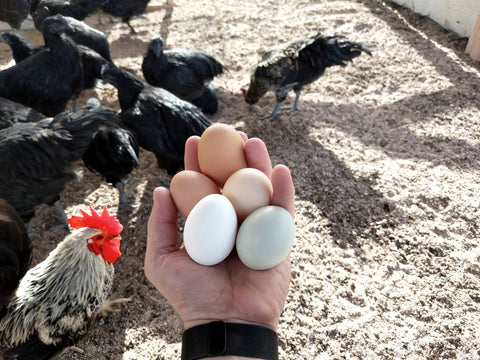Composting
We all enjoy the eggs and company from our backyard hens but their manure is also of great benefit to families. Vegetables love the nitrogen in chook manure that gives them the rich, green lustre to their stems and leaves.
Preparing the coop
It’s essential to prepare your chicken coop and run so that you create the right environment for making high-grade compost from your chook manure. Fresh droppings from your hens are too high in nitrogen and will burn your vegetables so must be allowed to break-down into a more plant-friendly state. You also need to allow time for the bacteria and pathogens in the droppings to break down as you won’t want them to get onto your vegetables.
Deep litter system
The way we break down the nitrogen, bacteria and pathogens into compost is to use what’s called a “deep litter system”. To create one, you need a 100 mm deep layer of either wood shavings, or hemp fibre in both the coop and run areas. These materials absorb the wet droppings that hens do with much greater efficiency than any long fibre such as hay, straw or mulches.
Keep it dry
The deep litter system will only work in a dry environment, so keeping moisture out of the coop and run is important. Waterproof roofing over your run and coop is a great idea and make sure that you have 100 mm to 200 mm eaves to reduce any water ingress. Of course, this also helps stop any puddle drinking behaviour of hens and buildup of nutrients in the underlying soil which can be very damaging.
Give it time
With the right conditions and right materials in place combined with enough time, the litter will slowly “grey up” over the months. It may take 12 months or longer to get to this stage depending on how many hens you have in a designated area, but that’s a lot better than cleaning the droppings out of your coop on a daily or weekly basis in my book. Once nice and grey, it’s time to use the compost in your garden to the benefit of your vegetables. It’s now just a matter of rinsing and repeating.







Comments (0)
There are no comments for this article. Be the first one to leave a message!